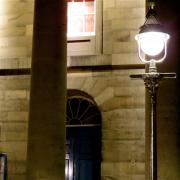
With the nights drawing in almost before one has properly finished polishing one’s dentures in the morning, and with the Council yesterday agreeing to upgrade 54,000 street lights to energy-efficient LEDs, now is perhaps a good time to look at some of Broughton’s past attempts to rage against the dying of the light.
Edinburgh’s first publicly funded lamplighter began work in 1701, with responsibility passing to Police Commissioners from 1785 onwards. For much of this period, the fuel of choice was whale oil, but by 1820, around 190 of the capital’s 4,781 lamps were using gas – a matter of some civic pride but in truth not a great deal of use in a northern city additionally benighted by the smoke of domestic fires.
No complete gas lamp is known to exist today, although a few converted or abandoned vestiges remain such as these (below) on Forth Street and East Silvermills Lane.
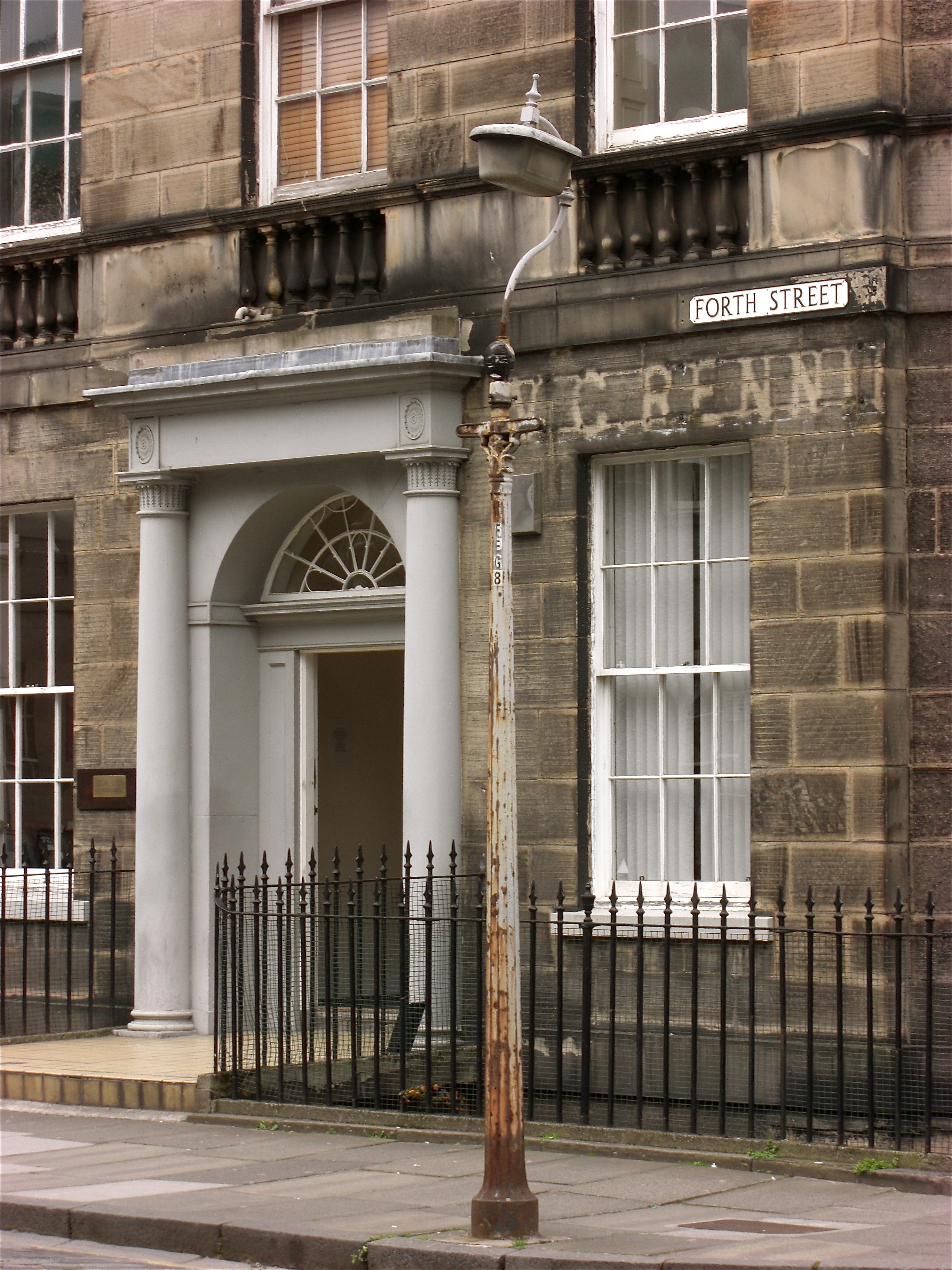


Many readers will recall Robert Louis Stevenson’s tiresome evocation of childhood wonder and poor careers guidance in ‘The Lamplighter’.
For we are very lucky, with a lamp before the door,
And Leerie stops to light it as he lights so many more;
And O! before you hurry by with ladder and with light,
O Leerie, see a little child and nod to him tonight!
In consequence of this saccharine doggerel, countless tourists have sat since, moist-eyed and soggy-kneed on an an open-topped bus, imagining RLS’s pale features by the glow of the lamp at No. 17 Heriot Row.
The Stevensons settled here in 1857. However, the railing-mounted contraption is a much later addition, dating from the electrification of municipal lighting in the 1890s. So stop snivelling everyone and move on.
Bright ideas
No. 17's current light would have been powered, in part at least, within the intimidating bulk of a generating station built on McDonald Road in 1899. Its classically inspired frontage, designed by the City Engineer John Cooper, makes an interesting contrast to the red-sandstone Scots Baronial style of his Powderhall Refuse Depot, erected six years earlier on Bonnington Road.
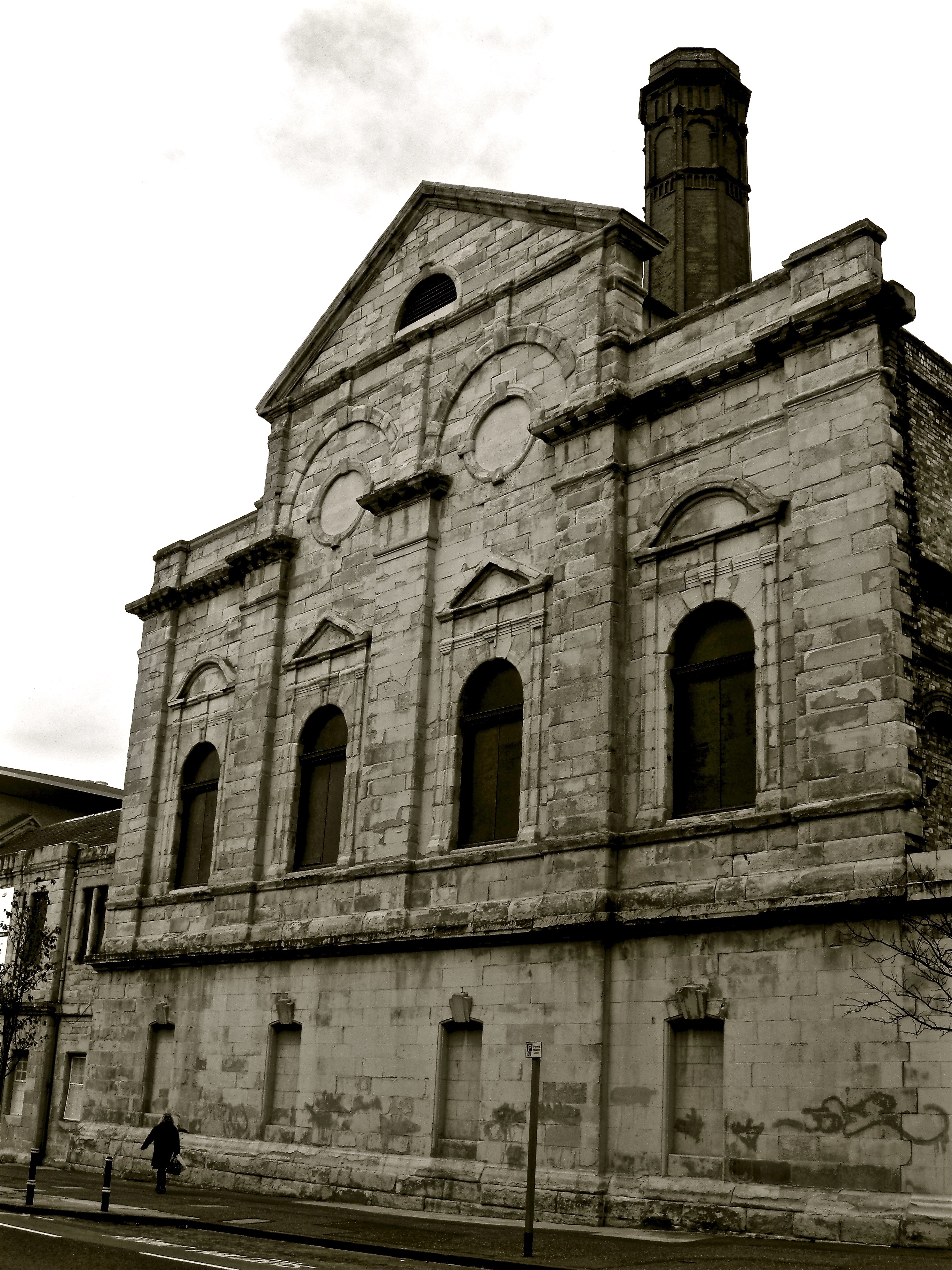
Eddie Grant's 'Electric Avenue' was not written about East Claremont Street in the 19th century, but in some ways it should have been:
Out in the street
Out in the street
Out in the playground
In the dark side of town
The lyrics would doubtlessly have appealed to Thomas David Anderson (pictured below), the eminent astronomer who worked from home at No. 21 until Edinburgh’s light pollution drove him away in 1904. Anderson’s nemesis Matthew Buchan (1867–1909) was born in Portobello and from an early age showed no interest whatsoever in his father’s pottery empire. Instead he became a distinguished electrical engineer, establishing lights and tramways across much of Edinburgh, Scotland and Europe. He has the distinction of being interred in the Stygian gloom of Warriston Cemetery.
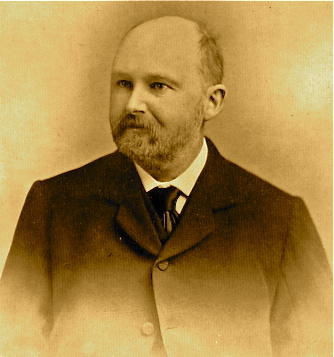
Bellevue in a new light
The detail below is drawn from an 1894 Ordnance Survey plan of Edinburgh, and shows the area around St Mary’s Parish Church on Bellevue Crescent. The horse trough and cabman’s convenience are amply illuminated, with lampposts marked LP. Scotland Street Lane East, perhaps having already established its slightly shady credentials, contained no lampposts – something which cannot have gone down well with local dogs at the time. The occasional L may denote a wall-mounted lamp, but they are few and far between.
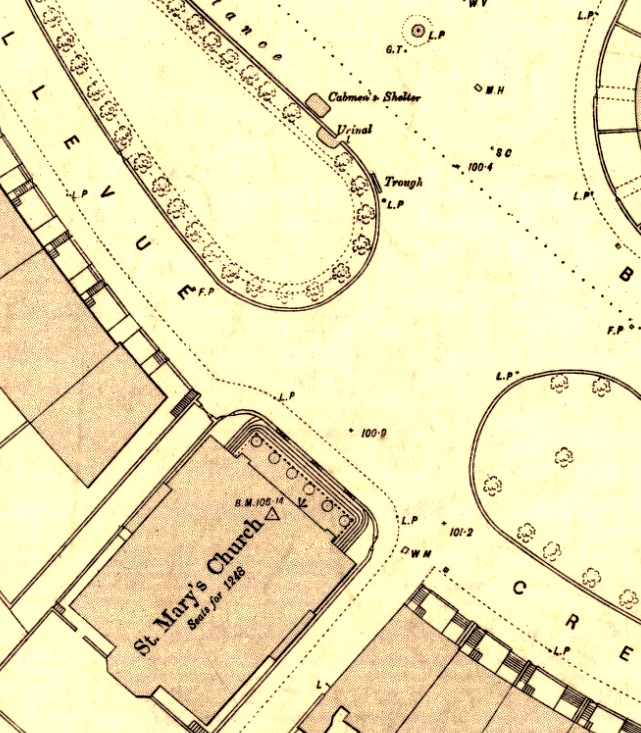
More recently on the Crescent, new old-style lampposts were greeted with considerable approval by locals in 2013. Lower than their modern counterparts, they cast an intimate, cool and clear pool supposedly redolent of rational thought and New Town values. Some may quibble at the connections there, but not Edinburgh World Heritage whose strategy it is.
For the most accessible and best illustrated guide to Edinburgh's historic street lighting, see the EWH document here.
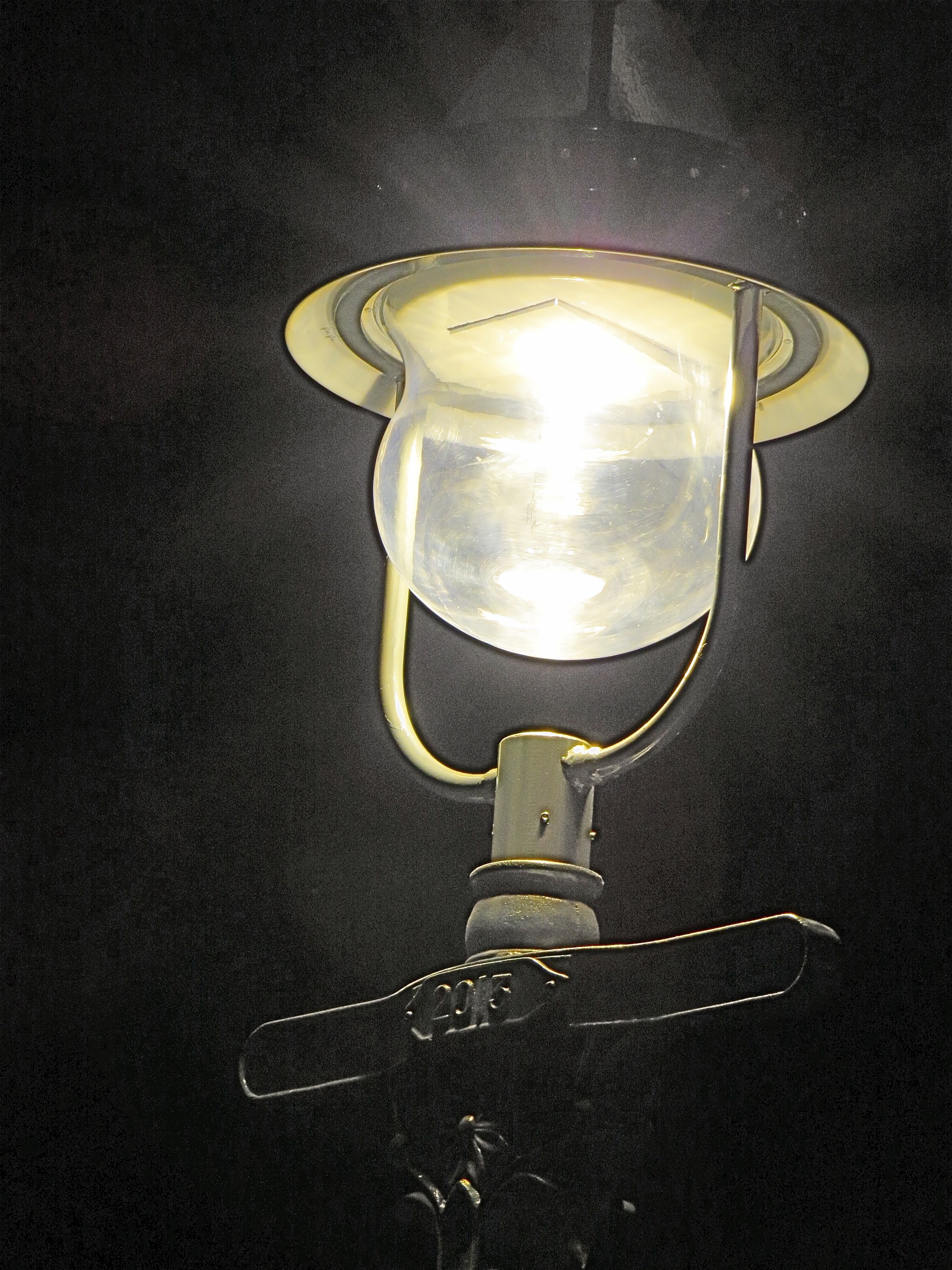
What the hell's an LED?
LED stands for Light Emitting Diode. That is the full extent of Spurtle’s understanding. For others who don't know their semiconductors from their elbows, help is available here.
City of Edinburgh Council expects the introduction of LEDs to save it some £77m over the next 20 years.
Transport and Environment Convener, Councillor Lesley Hinds, said yesterday: ‘The city-wide roll-out of LED lights is a huge step towards an efficient, sustainable future for Edinburgh. Not only will it reduce carbon emissions but will have a real impact on energy costs in the long term.
’Our aim is to draw on experience gained from the first phase of white lights which has allowed us to gauge demands on lamp brightness and control for residents and traffic.’
None of this will come as any comfort to David Hill, who recently used these pages to make a persuasive case for more dark in the home of the Enlightenment.
Got a view? Tell us at spurtle@hotmail.co.uk and @theSpurtle and Facebook
----------------------------------------------
@theSpurtle Scotland street is still waiting for its hideous ineffective brutalist orange lamps to be replaced.
@theSpurtle In Edinburgh, beauty is truth, truth a crappy LED upgrade.
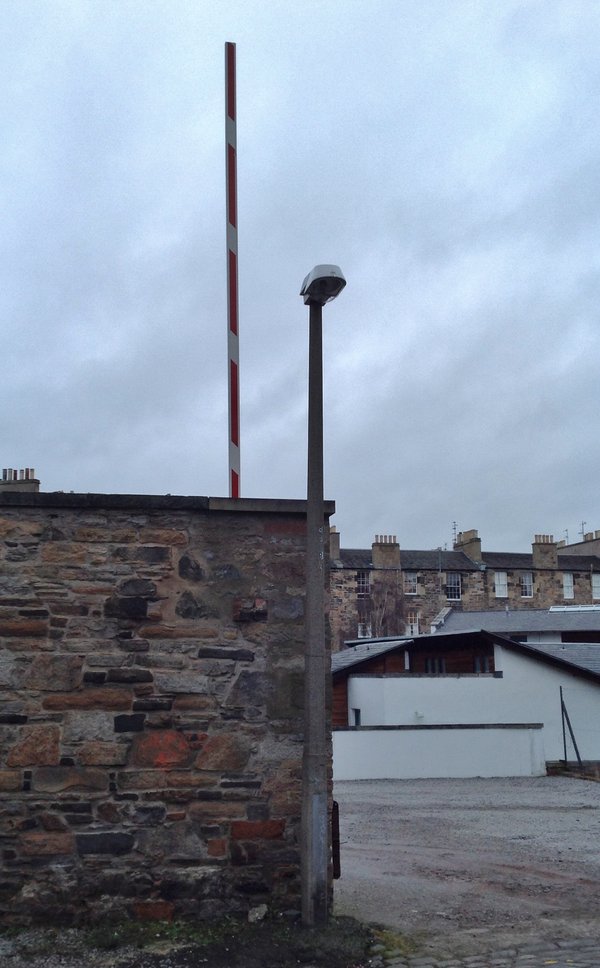
@NewTownFlaneur @theSpurtle Not crappy. Sensible energy use. Carbon fuelled power to run out one day. Different light but we can still see.
@Protonmale @theSpurtle Dougal gazed at him like a succubus whose mouth is its eyes.
 Rachel Bell Great article. I've never noticed the lamp in Forth Street!
Rachel Bell Great article. I've never noticed the lamp in Forth Street!


 Al
Al